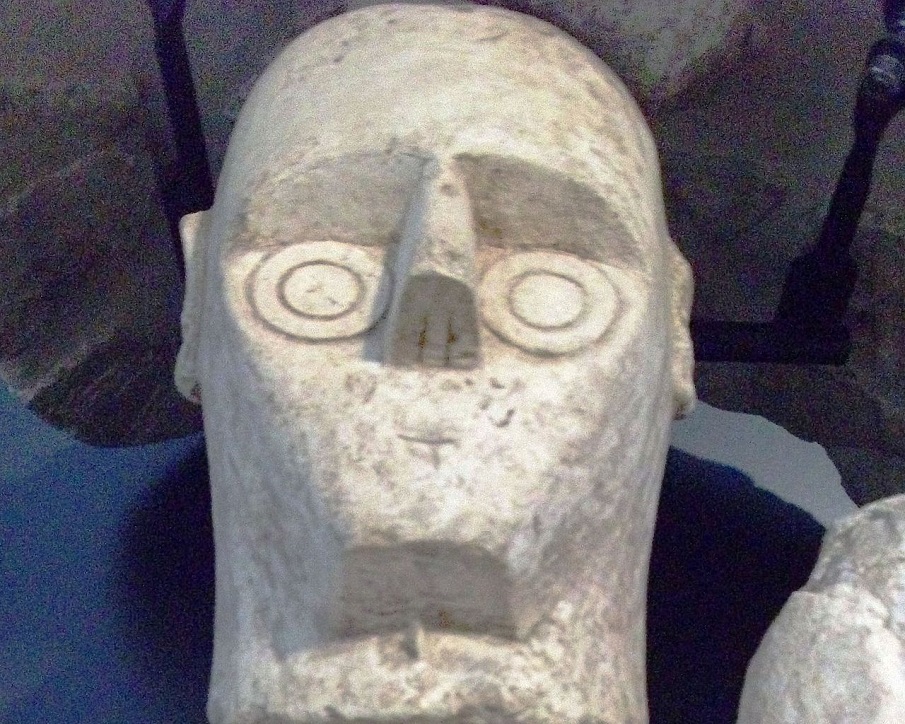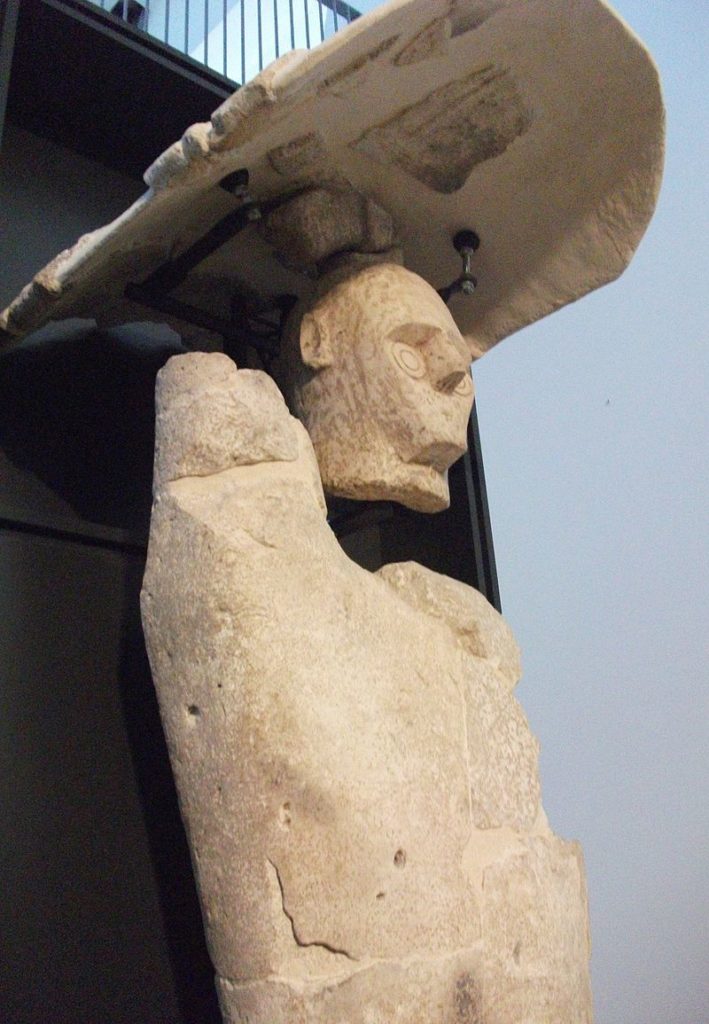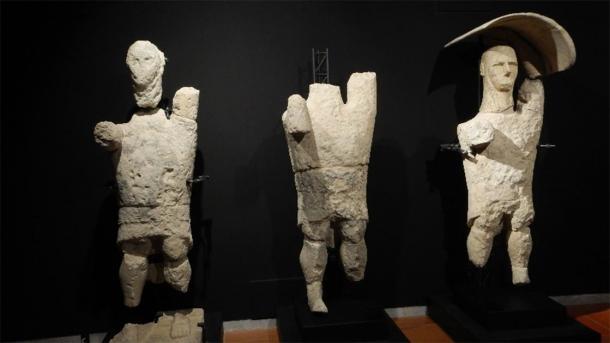The Mont’e Prama Giants: A Massive Archaeological Mystery

The Mont’e Prama Giants: A Massive Archaeological Mystery
The Mont’e Prama Giants are two to two and a half meter high sculptures believed to have been created by the Nuragic civilization, an ancient culture that inhabited the island of Sardinia between the XVIII and II centuries AD.
Interestingly, NO written records of this civilization have been discovered apart from a few possible short epigraphic documents belonging to the last stages of the Nuragic civilization.
Researchers have still not accepted whether the culture of Nuragi came to the island itself or may be related to the unknown sea peoples of the Mediterranean coast, which ravaged the coast between the 14th and 13th centuries BC.
They would have arrived in Sardinia in the latter case, having been defeated in their failed invasion of Egypt between the thirteenth and twelfth century BC.
In 1974, the Giants or Colossi were discovered near the town of Cabras, west of the island, as some scholars have called it. They reflect warriors, archers and shield fighters.

However, apart from their extremely big size, the eyes shaped by two combined discs are one of their most outstanding features.
Experts are unsure whether the massive statues are a representation of mythological heroes or gods. Some of the massive statues were found next to ancient tombs, reason why experts believe the statues may have been arranged around it as guardians.
But experts cannot say for sure as to what the statues really were. They may well have belonged to a nearby temple not yet found.
In March of 2015, after 40 years of study and restoration, the Giants were presented to the public at the National Archaeological Museum in Cagliari and the Goat Museum.
In total, with the more than five thousand ancient pieces found, 33 Giants have been successfully rebuilt. Two new pieces were found in September 2016, with the particularity that they are complete and intact.
The novelty of these last two Giants discovered is that, unlike those found previously, these bear their shields ‘glued’ to the side and not over their head. A position that is very similar to that of a small Nuragic bronze of the same time found in Viterbo (north of Rome), whose date is known with certainty: IX century BC.

If the connection was proved to be true, we would be faced with the earliest example of colossi (giant statues) found in the Mediterranean, several centuries earlier than the Greek colossi—the statues would become the most ancient anthropomorphic sculptures of the Mediterranean area, after the Egyptian statues, preceding the kouroi of ancient Greece.

But there is even more mystery to the massive statues and the history behind them.
Scholars believe that the Giants statues were created wearing masks, very similar to those used today in the traditional celebrations of Sardinia. Although these were not exactly the same, it would show that some ancient rites and traditions have survived on the island for more than 3,000 years.
Depending on the different hypotheses, the dating of the Kolossoi – the name that archaeologist Giovanni Lilliu gave to the statues– varies between the 11th and the 8th century BC.